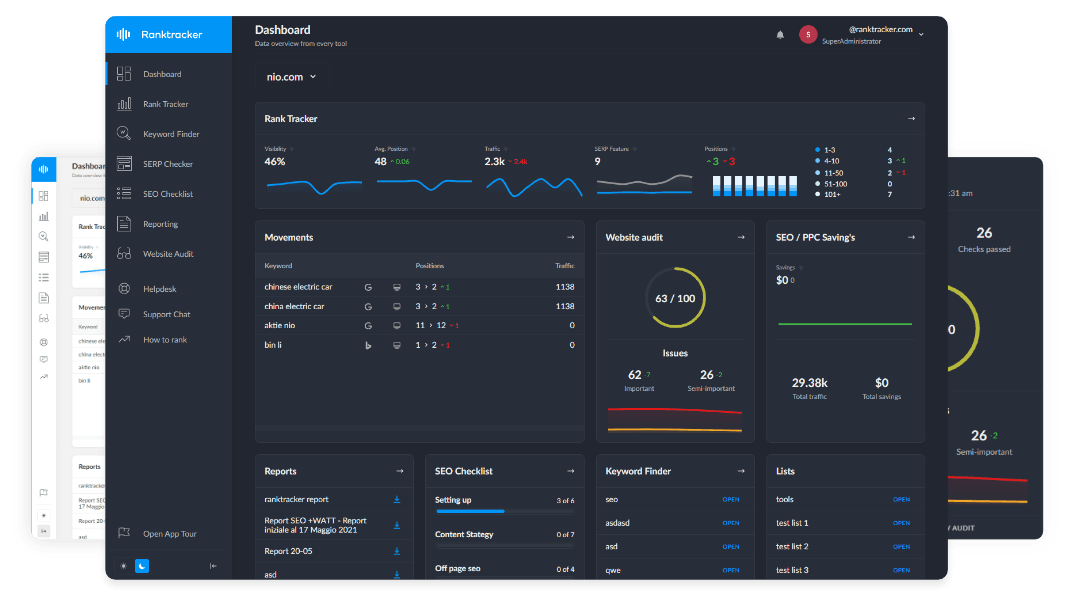Intro
Entity type matching is the process of categorizing and aligning entities with predefined types in Natural Language Processing (NLP). It ensures that named entities (e.g., persons, locations, organizations) are correctly classified and linked to their corresponding attributes.
Why Entity Type Matching is Important
- Enhances Semantic Search: Improves query relevance and retrieval accuracy.
- Powers Knowledge Graphs: Connects related entities for structured information representation.
- Strengthens AI Understanding: Enables chatbots and virtual assistants to process entity-based interactions more effectively.
How Entity Type Matching Works
1. Entity Recognition & Extraction
- Identifies named entities in unstructured text using NLP models.
- Example: Extracting "Google" as an organization or "Paris" as a location.
2. Entity Linking & Disambiguation
- Maps identified entities to knowledge bases (e.g., Wikipedia, Wikidata).
- Example: Differentiating "Apple" (company) from "apple" (fruit).
3. Context-Based Type Classification
- Uses context clues and machine learning to assign entity types accurately.
- Example: Identifying “Amazon” as a company in a business context vs. a river in a geographical context.
Applications of Entity Type Matching
✅ Search Engine Optimization (SEO)
- Helps search engines deliver more relevant results by understanding entity relationships.
✅ Knowledge Graph Expansion
- Powers structured knowledge representations for AI and semantic search.
✅ Named Entity Recognition (NER)
- Improves chatbot responses and voice assistant interactions.
✅ Fraud Detection & Security Intelligence
- Identifies suspicious entities in financial and cybersecurity applications.
Best Practices for Implementing Entity Type Matching
✅ Use Pretrained NLP Models
- Utilize frameworks like spaCy, BERT, and OpenAI models for accurate entity classification.
✅ Leverage Structured Data
- Incorporate schema markup, Wikidata, and DBpedia for enhanced accuracy.
✅ Implement Contextual Analysis
- Train AI models to recognize contextual variations in entity meanings.
Common Mistakes to Avoid
❌ Ignoring Ambiguity in Entity Names
- Always disambiguate entities using surrounding context.
❌ Over-Reliance on Static Knowledge Bases
- Update knowledge sources to reflect real-time entity changes.
❌ Neglecting Industry-Specific Entity Types
- Customize models for domain-specific entity recognition (e.g., medical, legal, financial fields).
Tools & Frameworks for Entity Type Matching
- Google NLP API: Identifies and classifies named entities.
- Hugging Face Transformers: Provides powerful models for entity recognition.
- Stanford NLP & spaCy: Efficient entity tagging and linking solutions.
Conclusion: Enhancing NLP with Entity Type Matching
Entity type matching is a crucial component of modern NLP, enabling accurate information retrieval, AI comprehension, and structured data applications. By leveraging the right techniques and tools, businesses can improve search accuracy, AI interactions, and semantic knowledge management.

